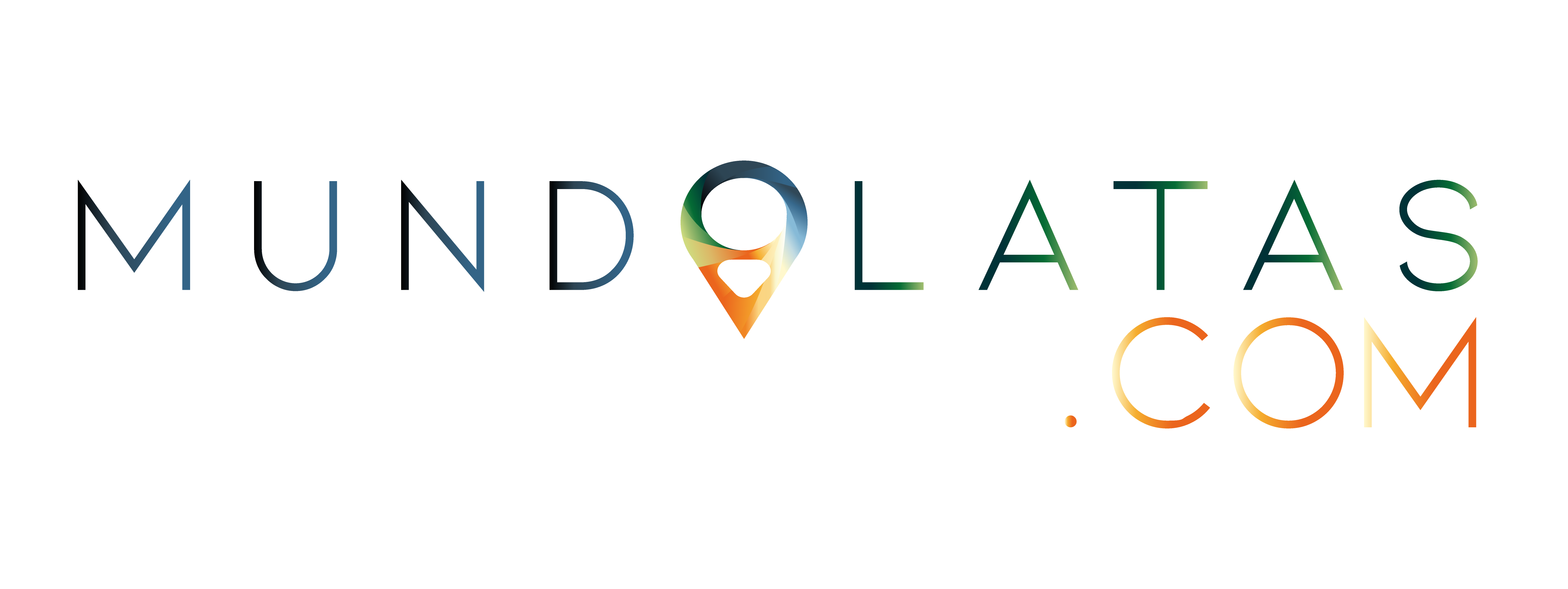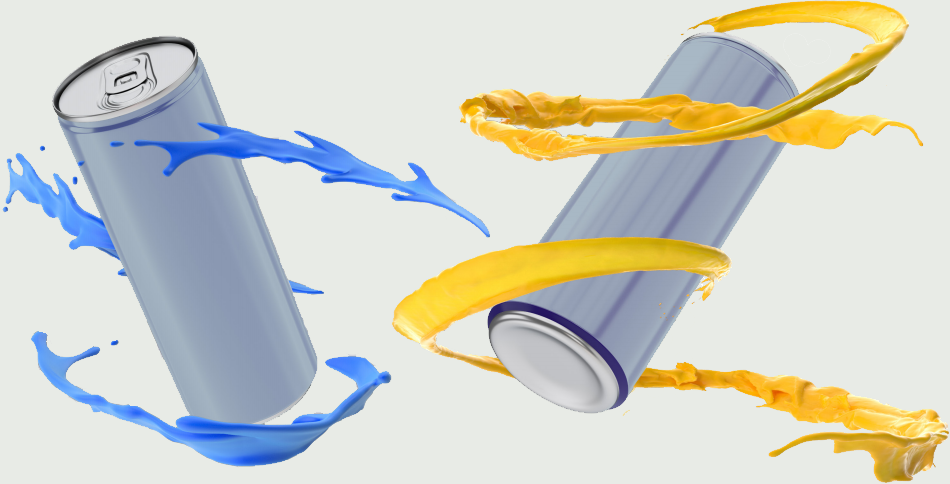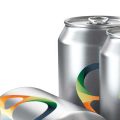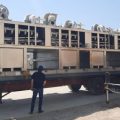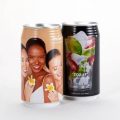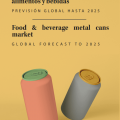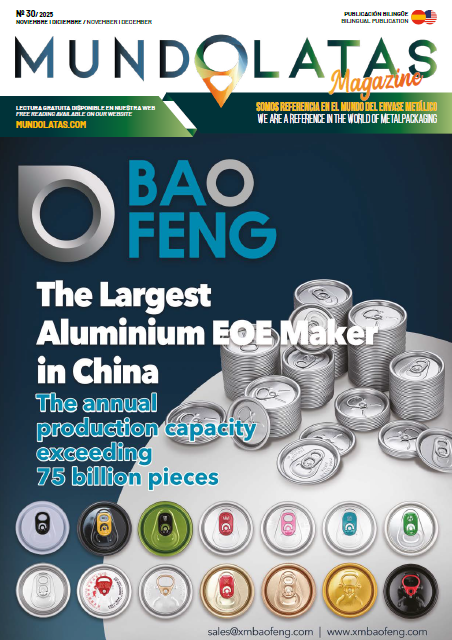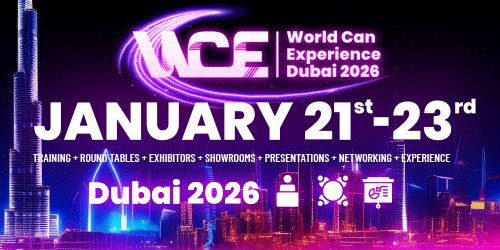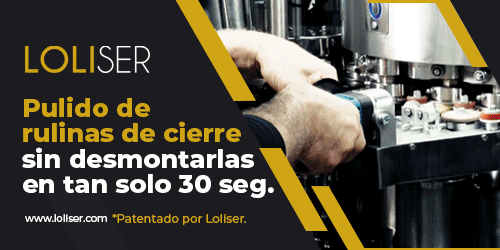The trend towards shorter runs is not only driven by the usual established beverage players; there are new companies such as craft brewers and health drinks that require cans in much smaller quantities, a demand that is increasing with new consumption habits and to which the big print suppliers can hardly adapt.
There are four major can makers with approximately 80 facilities in Europe and the USA. Can makers also offer printing services, although they are configured for very large volumes, e.g. 2000 cans per minute.
For smaller users and shorter print runs, digital printing is one of the most recommended, with options such as printing directly onto can-fitted surfaces or using pre-printed sleeves and labels. The quality is not always what is expected, so one of the methods used to achieve higher quality for short runs is inkjet.
There are two methods: UV inkjet with direct-to-surface printers adapted for cans and the Tonejet inkjet process, which is specifically aimed at can printing. These methods are explained in an article by print analyst Ralph Schlözer for Inkjet Insight digital media.
UV inkjet is not yet widely used on beverage cans although it is used on other types of cans. This is the case with the German packaging machine manufacturer Hinterkopf. In the specific case of smaller quantities of beverage cans, there is a range of special printers on the market offered by Inkcups that allow you to print up to 10 cans per minute.
According to Schlözer, “UV inkjet has proven its worth in many printing markets. However, there are some drawbacks. UV inks can be problematic with food applications, as UV inks are generally not safe for direct food contact. UV inks also create a raised printed image, which is different from the familiar feel of conventional printing.
As for the Tonejet process, Cyclone provides all the necessary steps for can printing. The line prints approximately 1 can per second with a resolution of 600 dpi and variable gray levels. “At the moment there is one active customer for Cyclone: Solucan in Canada. The company is operating the Cyclone for 12 months and is investing in a second line. The company is still ramping up production with half a million to ¾ million cans per month and average runs of 10,000 cans. Cyclone’s next customer is in the UK, however, with an installation planned for the second quarter.”
Compared to other digital printing methods, the Tonejet process has some advantages. The smooth, untextured appearance of the ink is similar to traditionally printed cans. The amount of ink transferred is low and the process is fast. “At a typical cost of 2 cents per can, the Tonejet process is more expensive than mass-produced conventionally printed cans. However, compared to the retail price of a craft beverage can, the cost is low.”
Attempts are being made to build a market for short-run printing, which appears to be slow as large-scale can producers and printers have neither the business model nor the production flow for a smaller market. All you need to know is that conventional printers run at 2000 cans per minute.
“The demand for high quality printing on cans in shorter runs will lead to new suppliers until the market is mature and established enough for larger producers to enter.” The Canadian company Solucan is betting on this market. Just mention as an example the craft beer market and how the consumption habits unleashed post pandemic is changing everything. There has been an increase in online orders for different packaging products and, in this case, for beverages in cans. But, in addition, an important space is opening up for online printing. These online print providers could support large printers and, at low cost, supply the short-run market, Inkjet Insight concludes.
